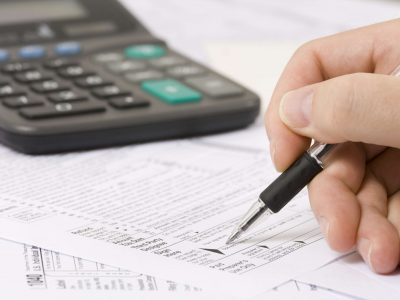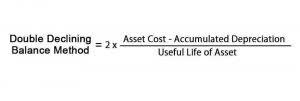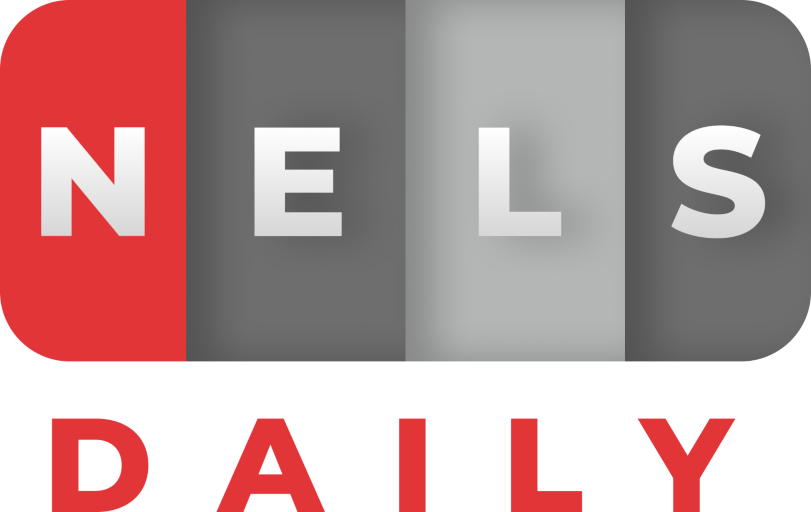
If your business structure is any other than a C corporation, you may take an owner’s draw if you own equity in the business. The reason is that pass-through entities show profits on your personal taxes. Each member reports their share of business income and expenses on their individual tax return form and pays applicable personal income and self-employment taxes.

How much should you pay yourself from your business?

The specific tax reporting depends on the number of members in the LLC. A single-member LLC is treated by default as a sole proprietorship. The owner reports all business income and expenses on Schedule C, “Profit or Loss from Business,” which is filed with their personal Form 1040. The net profit calculated on Schedule C becomes part Mental Health Billing of the owner’s total taxable income for the year.
Taxing Remaining Profit in an S Corp

The downside of the salary method is that you have to determine reasonable compensation that makes you happy, keeps your company operational, and isn’t double-taxed. If your compensation falls outside the “reasonable” range, it could raise flags with the IRS. With the draw method, you can draw money from https://wishbook.onehopeunited.org/cash-flow-from-financing-activities-cff-formula/ your business earning earnings as you see fit. Rather than having a regular, recurring income, this allows you to have greater flexibility and adjust how much money you get depending on how business is going.

Understanding Owner’s Draw: The Simple Way To Pay Yourself as a Business Owner
If you are using the owner’s draw method, you should keep a part of every draw aside for taxes since they aren’t deducted upfront. As a business owner, you also have to pay taxes on a quarterly basis; accounting software can typically help with that. If you don’t budget for it, you risk being hit with a big tax bill, and you may not have the cash on hand to pay. Most businesses opt to be recognized as sole proprietorships because it’s the easiest and most affordable type of business to set up.
- Owner’s draws are not taxable on the business income, but it is taxable as income on the owner’s personal tax return, which means you have to pay estimated taxes and self-employment taxes.
- Instead, they pay themselves a salary and may receive dividends from the profits.
- It can also be helpful to consult an accounting, tax, or legal advisor to inform your business decision.
- That’s because the entity and individual are not considered separate and distinct.
- However, as the sole owner, you don’t need to match these deductions for yourself.
- Navigating the world of business ownership can be complex, especially when it comes to the financial aspects of managing a Limited Liability Company (LLC).
- According to the IRS, you have to pay yourself “reasonable compensation.” The IRS doesn’t explicitly set an amount; it just needs to be a typical amount someone doing your work gets paid.
- An owner’s salary is a fixed amount paid to you on a regularly scheduled pay period.
- Investing it in a small business is akin to placing money in a savings account.
- In this case, an owner’s draw is subject to self-employment taxes.
- Owner draws are counted as a profit rather than a business expense, so it’s considered taxable income.
- As a small business owner, understanding how to pay yourself is crucial.
If you are taking a draw from your business as a sole proprietor, you owners draw vs salary llc can draw as many times as desired, if funds are available. You may also consider using a balance sheet to help keep track of your company’s assets, liabilities, and equity. It can provide a clear snapshot of your business’s financial health and can help you better understand where things stand. The drawback of using this as your main payment method is that you’ll pay self-employment taxes on all the money that comes into your business, instead of on only a designated salary. If your business is your main source of income, you might instead pay yourself a salary as an employee and take an owner’s draw on additional profits. An owner’s draw is what happens anytime you take money out of the business for personal use.
















Comments